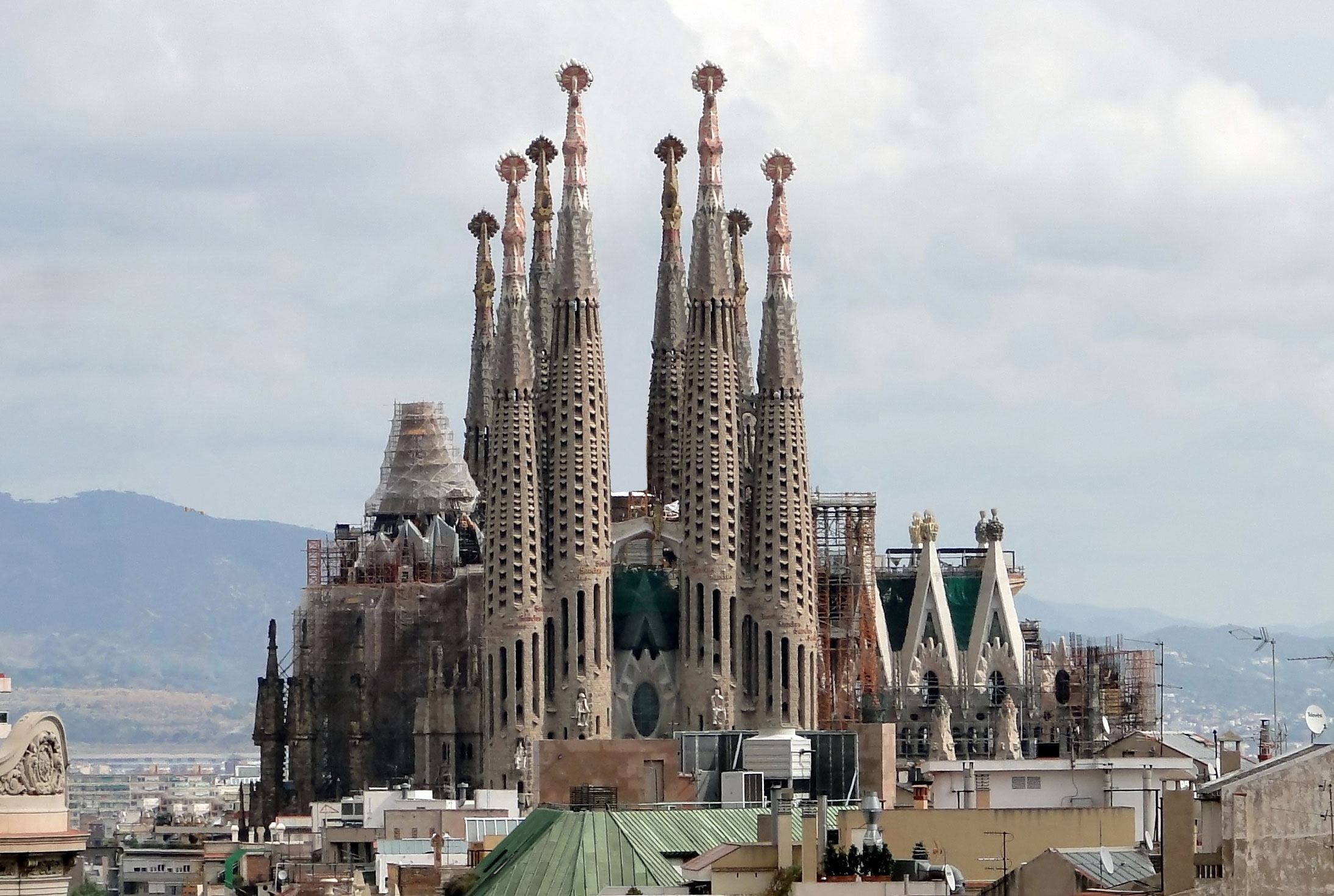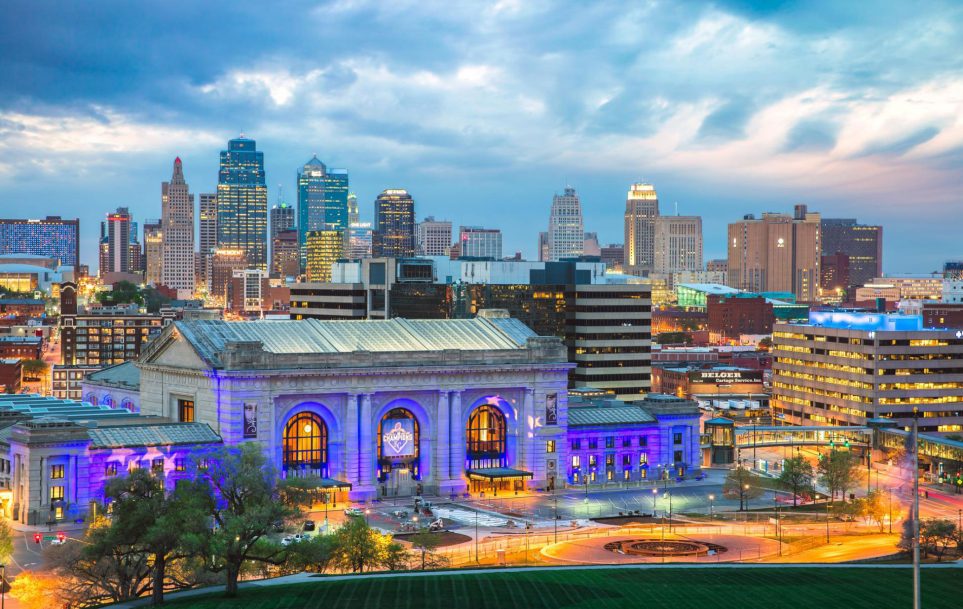Your phone is smart. Your TV is smart. Even your car is getting smarter by the minute. The technology we have integrated into our individual lives impacts us on every level. Just imagine applying that same technology to affect mass improvements on a citywide scale.
In fact, you don’t have to imagine it anymore. Around the world, municipalities are partnering with leaders in technology to transform urban areas into smart cities that provide better more efficient services and seek to generally improve the lives of city dwellers. From energy conservation, to public transportation and traffic management, to safety and disaster preparedness, smarter cities will be better equipped to handle the needs of their ever-expanding populations.
Simply put for city consumers, in a smart city that is designed to be customer-centric, ask a question and the answer is likely to be: There’s an app for that.
Integrating upgrades like dedicated software, website apps, sensor and detection systems, fiber cables, cloud-based technology and intelligent control units into their infrastructures, smart cities can connect people to their buildings and services. Even simple changes, like adding smart sensors to lamp posts and garbage containers that transmit to a monitoring station can improve safety and sanitation by making employees more responsive. The potential for improving life in the urban setting—and streamlining finances—is endless.
Many cities are already earning high marks for getting smart.
Kansas City
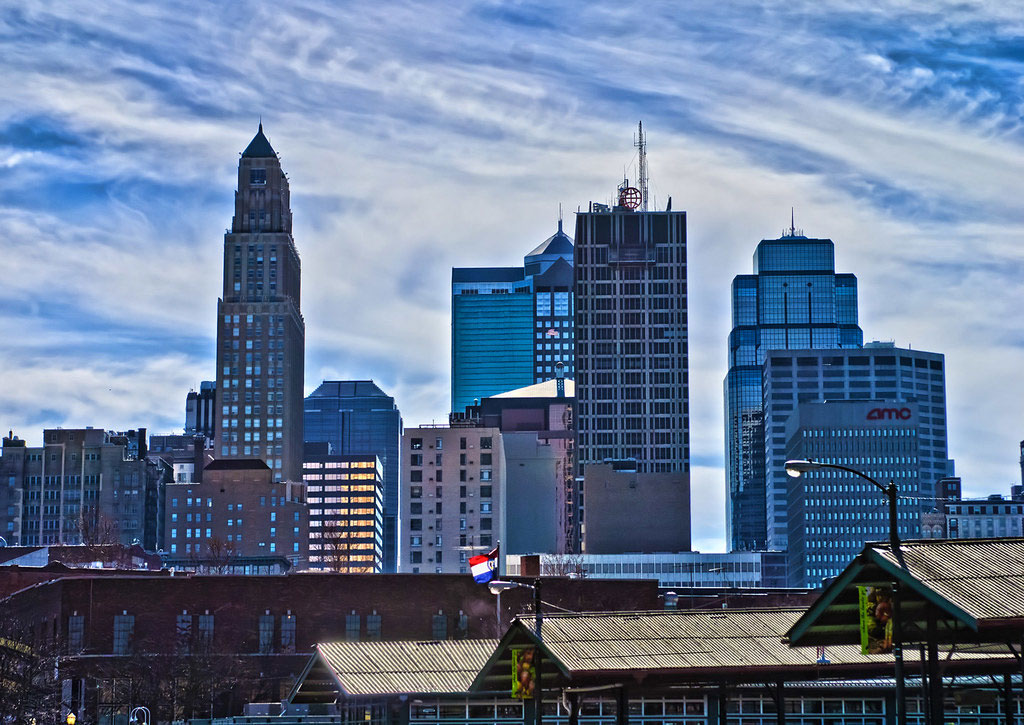
Kansas City’s road to becoming a smart city started with a 40 million-dollar check and the “Smart City Challenge,” in 2016. Though city planners lost the contest, they committed to widening the city’s digital umbrella to cast a wider net in hopes of using technology to upgrade even the city’s most neglected areas. City officials joke they’ve transformed Kansas City into a giant smartphone complete with smart streetlights, interactive kiosks, more than 50 blocks of public Wi-Fi, a city data visualization app and an interactive city website.
The recently implemented street condition predictors can give city workers a head start addressing and fixing problems like potholes. Alerting officials to building vacancies, through water and electricity usage, the vacant building predictor can take the necessary precautions before an empty building becomes a crime scene.
While Kansas City continues to get smarter, it is still in the early stages of development, collecting data and putting systems in place that will eventually use that information to create a more efficiently run city.
San Diego
Partnering with GE to upgrade streetlights and reduce energy costs by 60%, the city of San Diego is a smarter city with a connected digital network that can optimize parking and traffic, enhance public safety and track air quality. The 3,200 smart sensors will use real-time anonymous sensor data to perform functions like directing drivers to open parking spaces, providing emergency information to first responders, monitoring carbon emissions, and identifying intersections that are not as safe as they should be for pedestrians and cyclists.
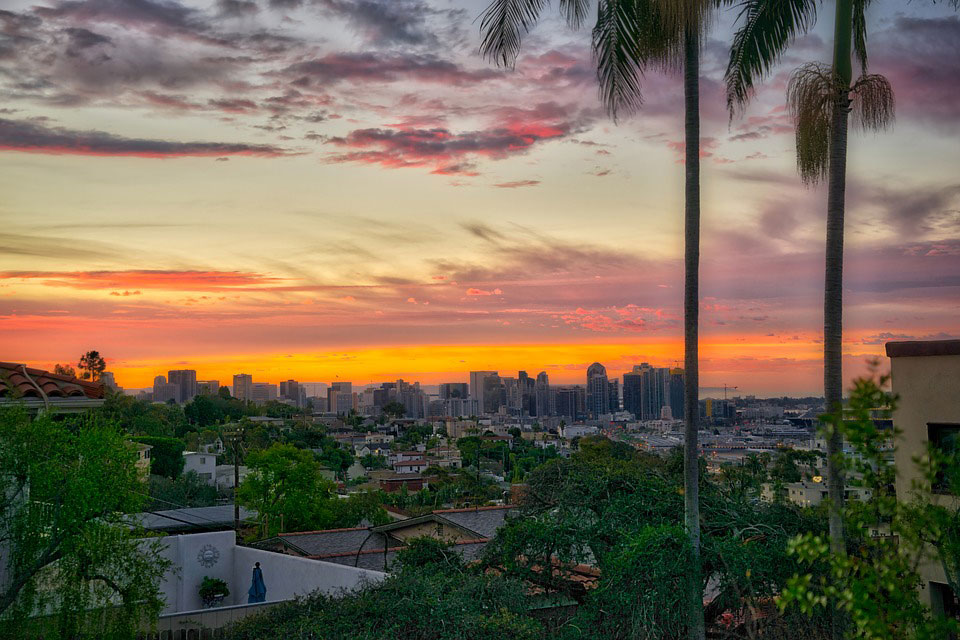
Dubai
Winning an award for its smart innovations in 2017, Dubai has made great strides toward becoming a smarter city, including plans to become the first city in the world to conduct 100% of its transactions via an online encrypted database by the year 2020.
As a fast-growing urban center that has evolved from 10,000 desert dwellers to a cosmopolitan urban population of almost 3 million, Dubai’s quest to become a smart city is more necessary than choice. Their smart city innovations are already effecting changes in traffic routing, transportation, building efficiency, utility management, education and medicine. Technology initiatives like Information Communication Technologies (ICT) will eventually transform Dubai’s networks and services into a more efficient, intelligent and collaborative system.
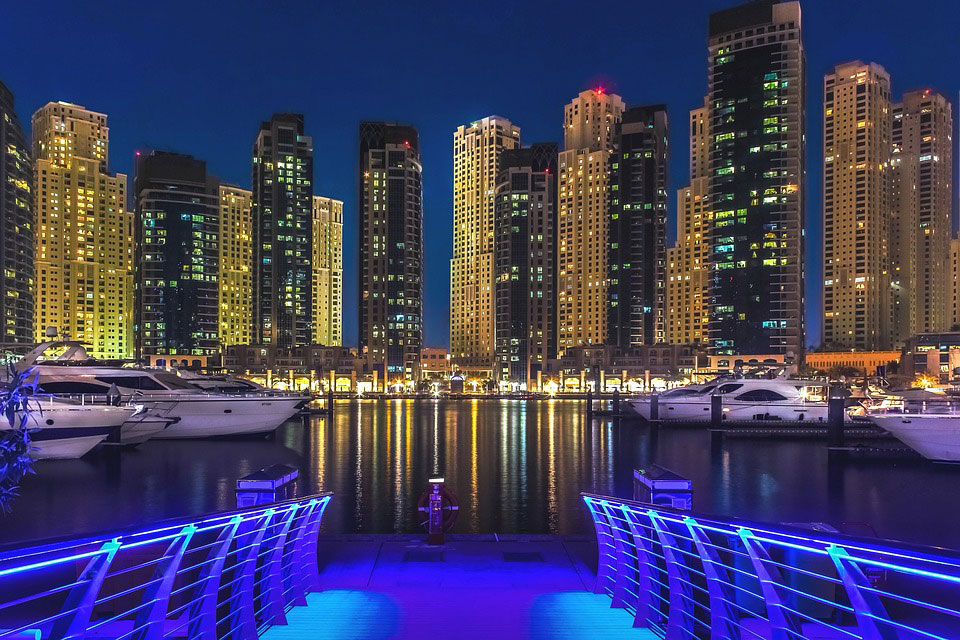
Barcelona
Long at the forefront of cutting edge smart city tech, Barcelona has a municipal network of 500 KM of optical fiber, free WiFi routed via street lighting, sensors to monitor air quality, parking spaces, waste bins and even noise. Now that the technology groundwork is laid, city leaders want to focus less on the technology itself and more on making it work to improve the lives of Barcelona’s citizenry.
Statistics predict 66% of the world’s population will be city dwellers by 2050. To continue providing those masses with universal access to fresh water, clean energy, efficient transportation, and a sense of safety and security, cities of the world will be wise to get smart.
Want to learn more about the future of city design and construction? Check out our post, ‘3D Buildings: The Homes of the Future’ here!
